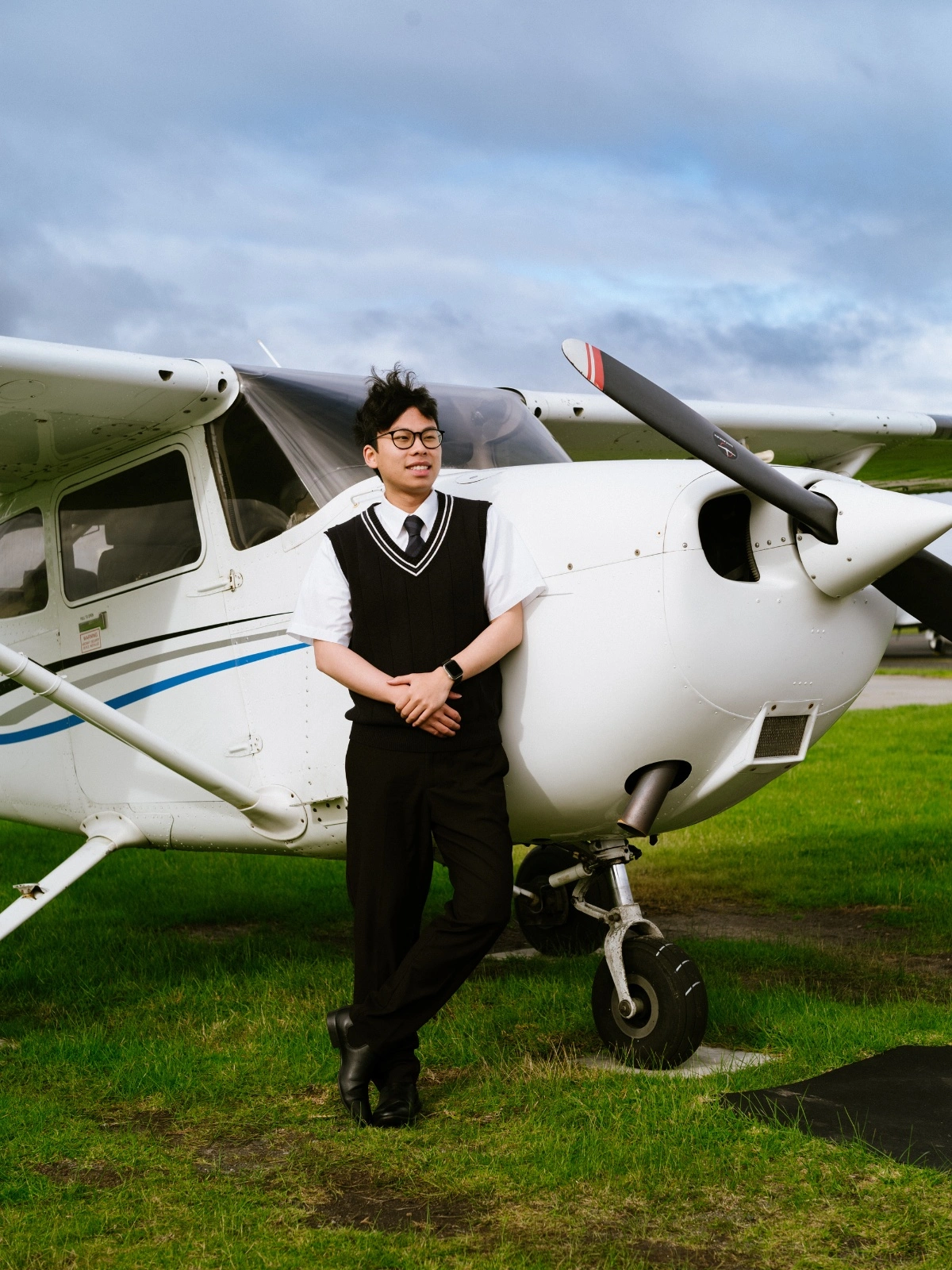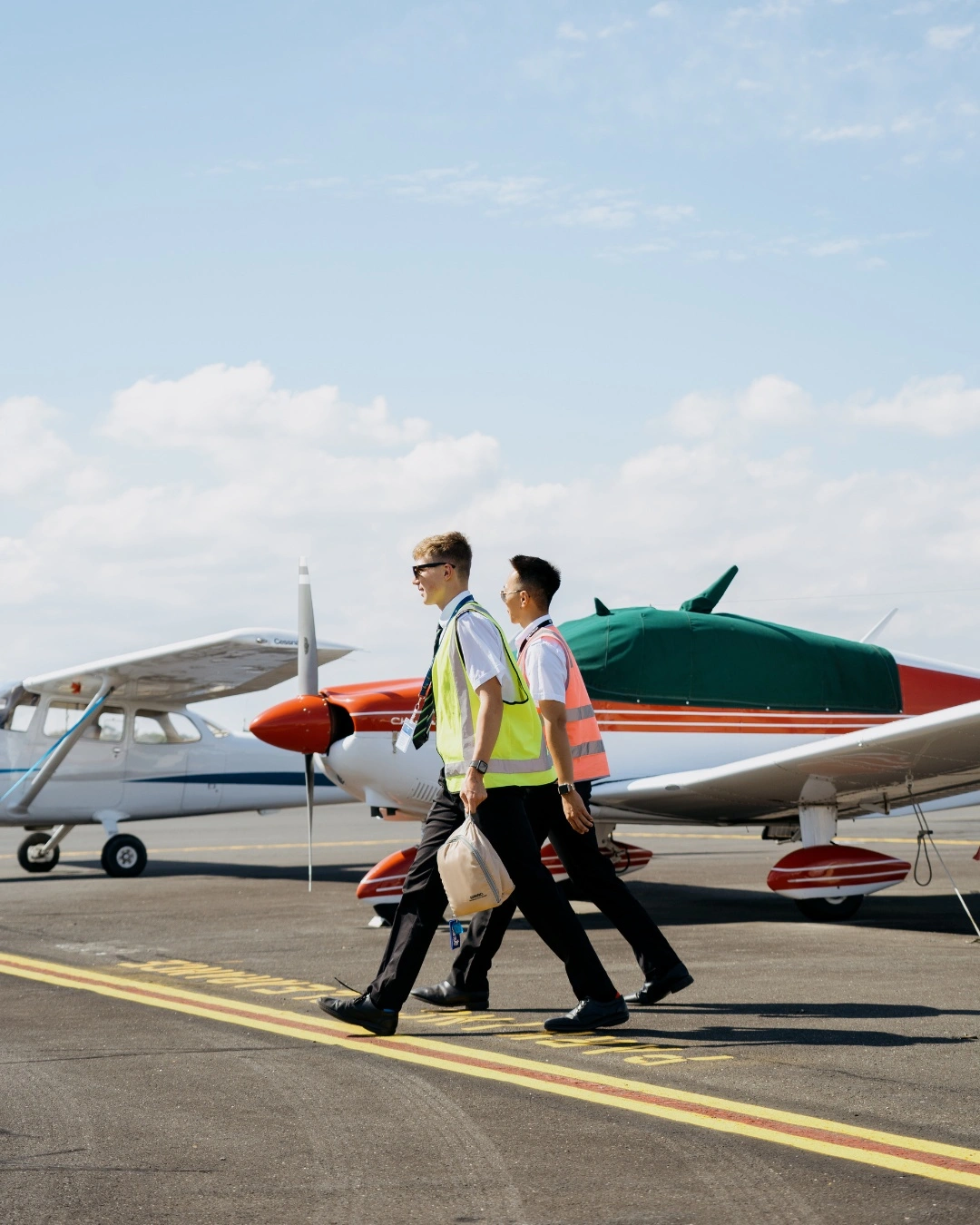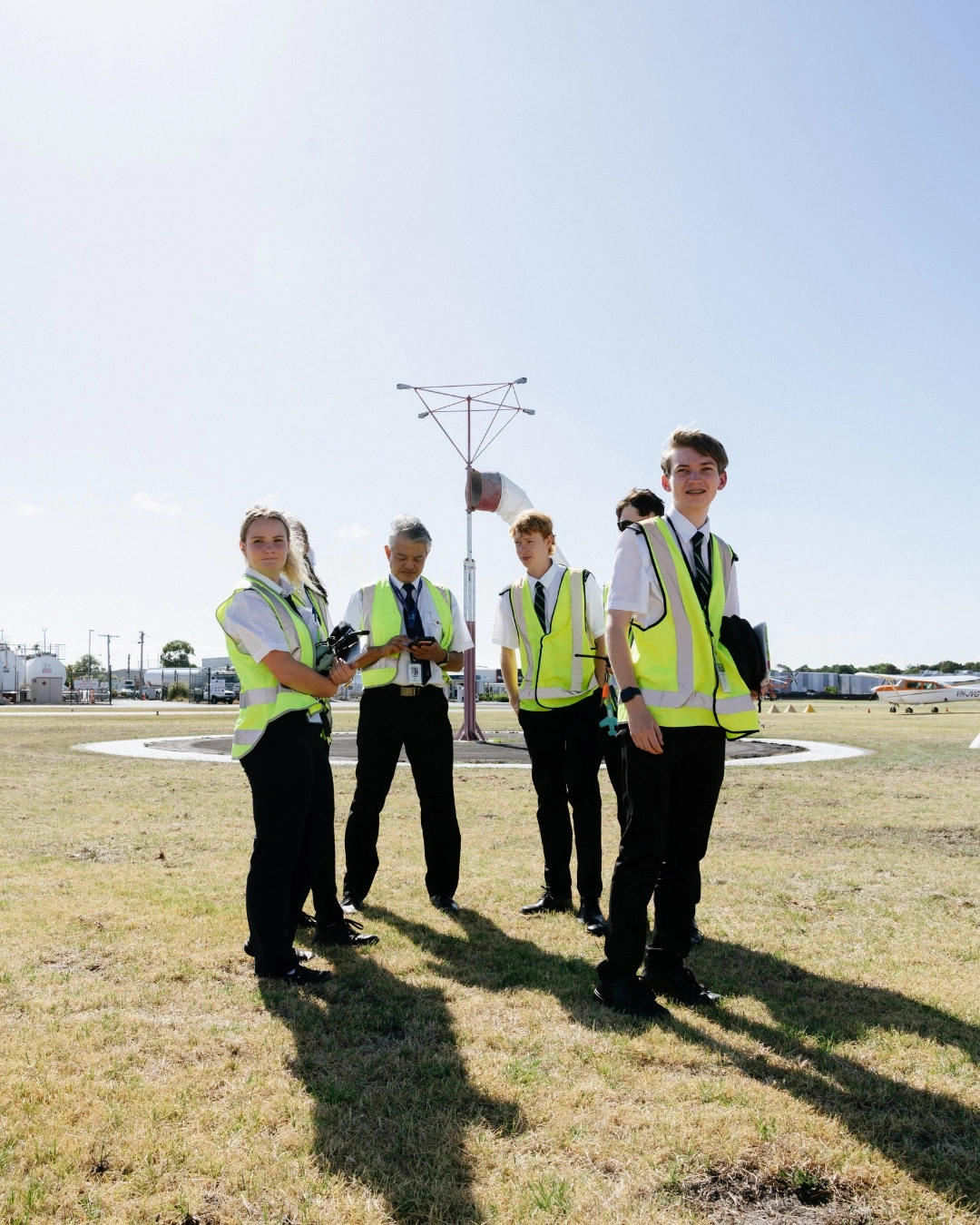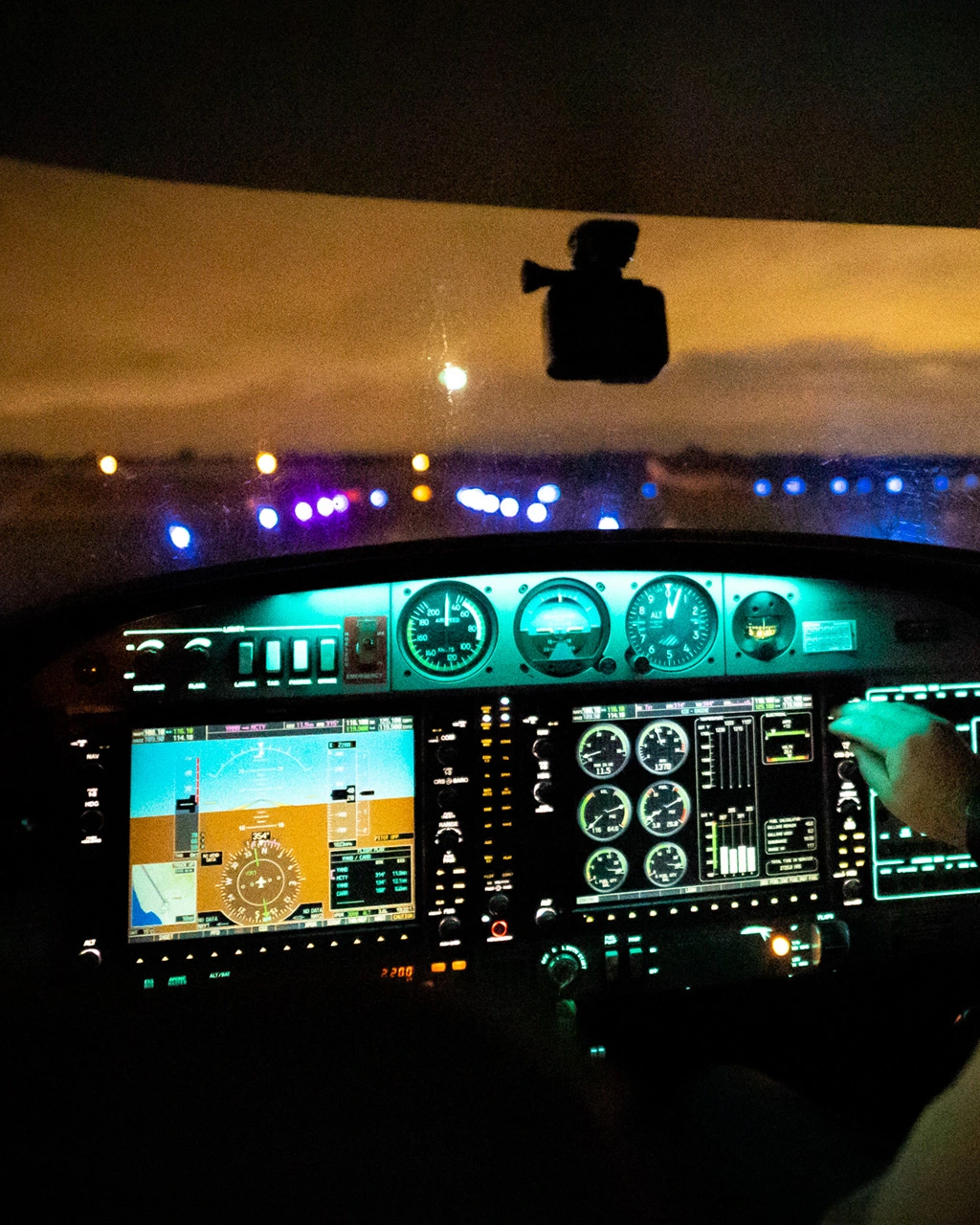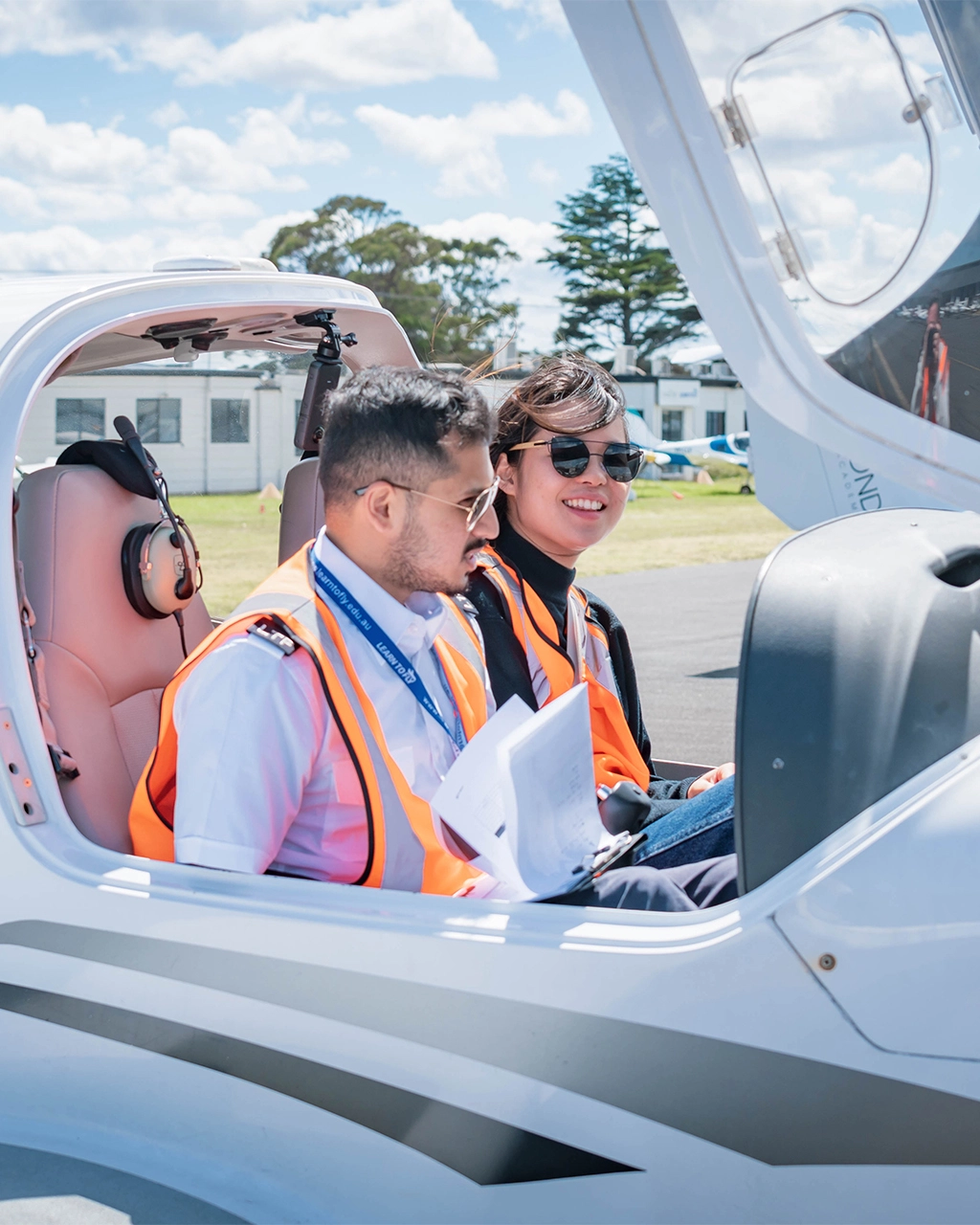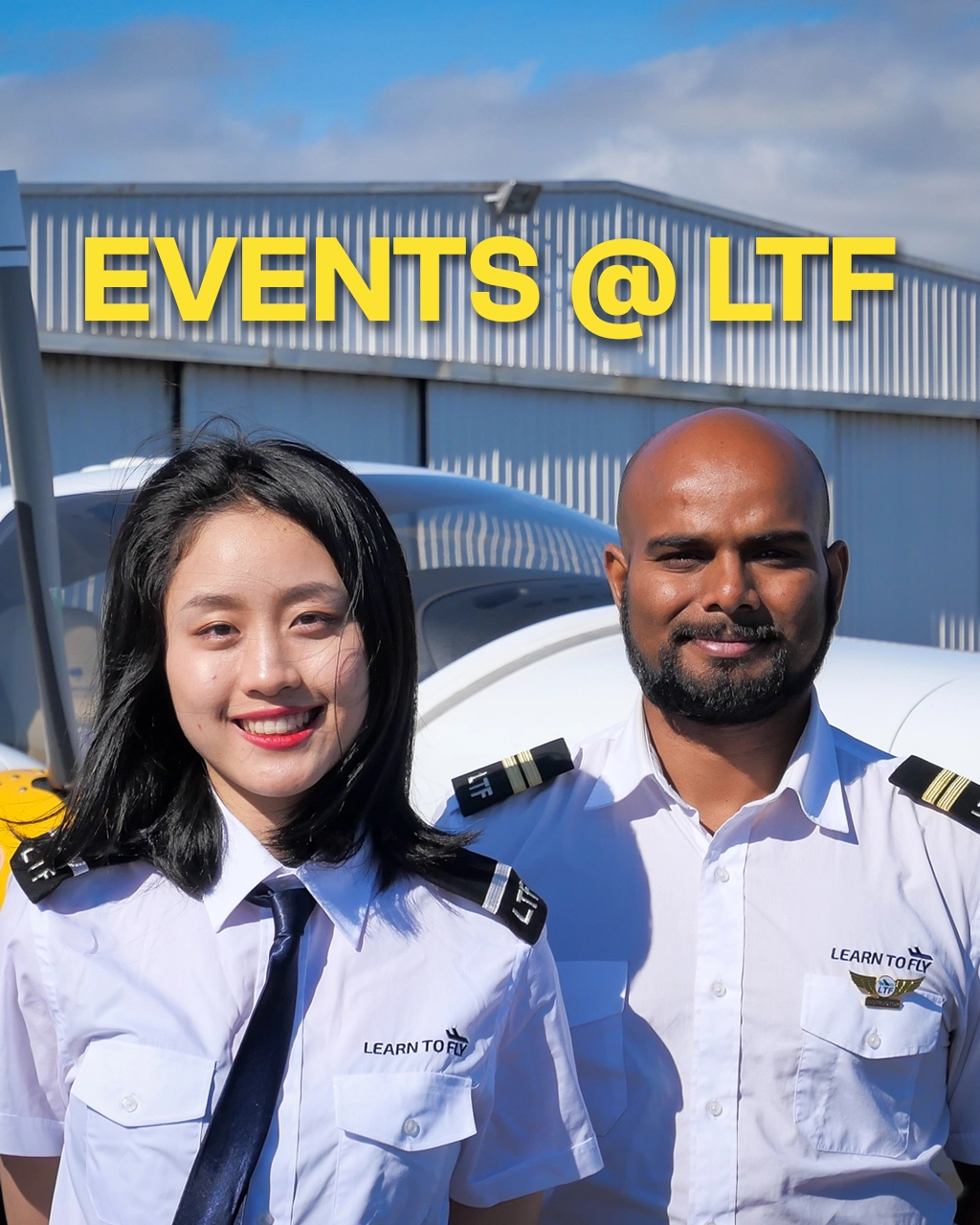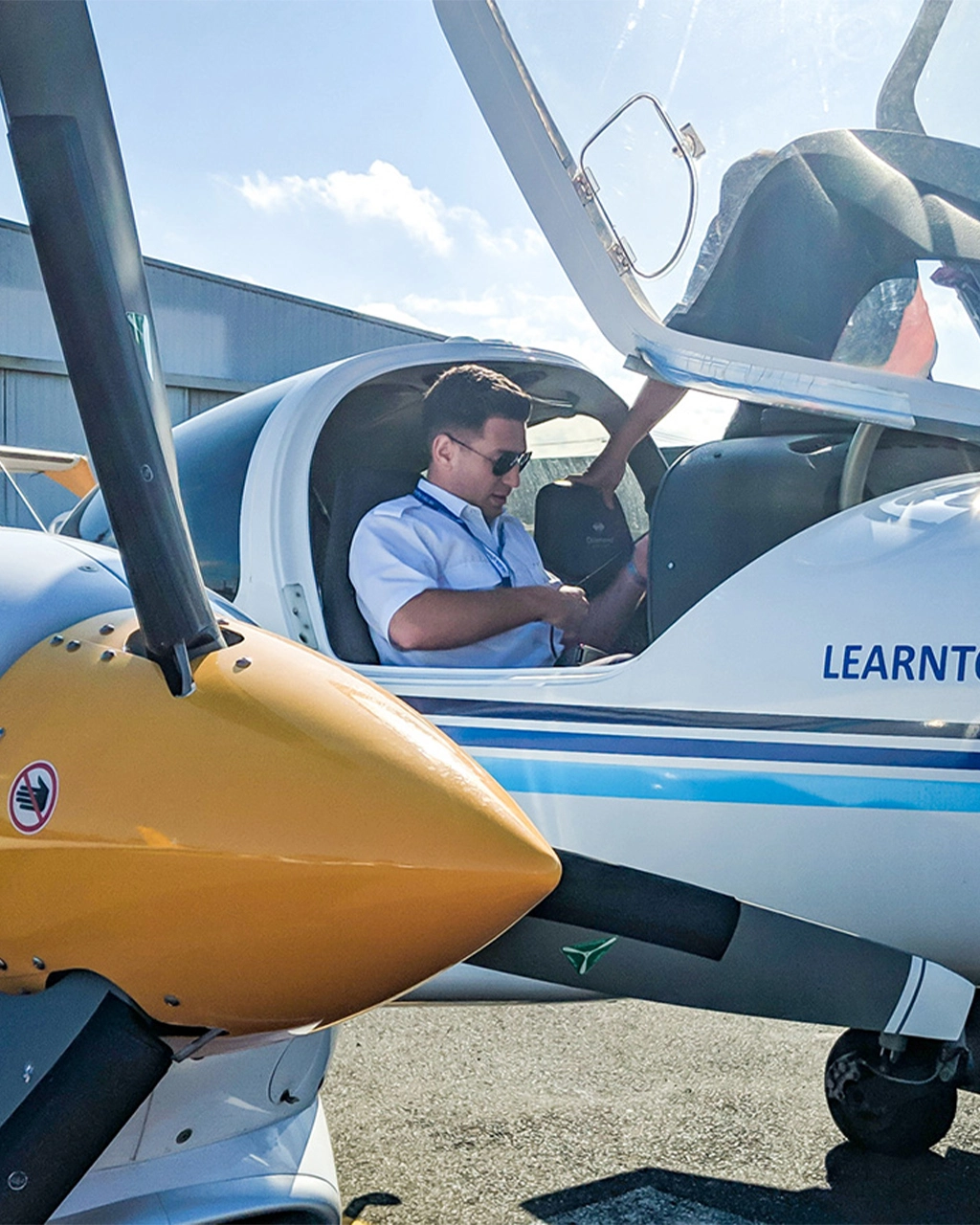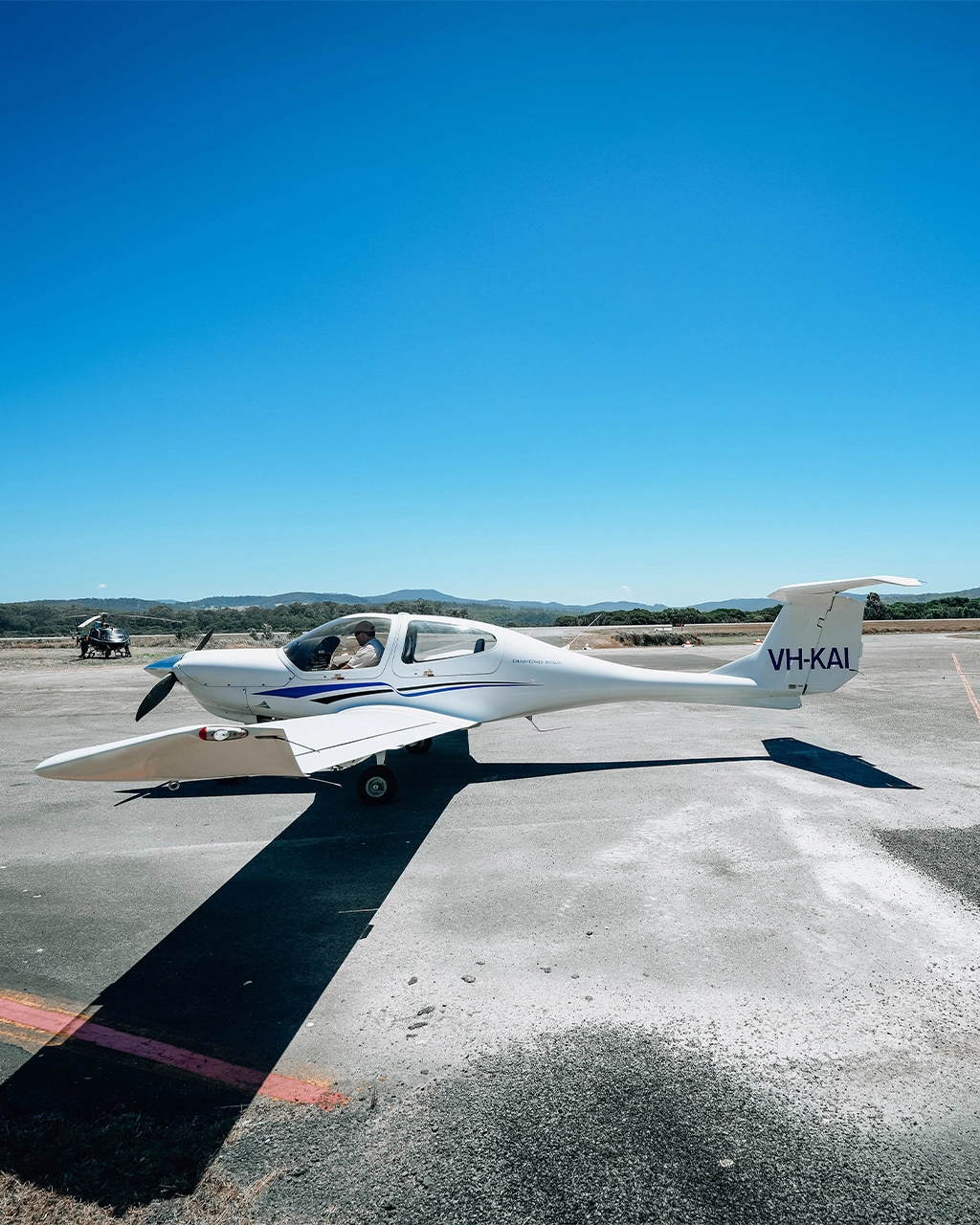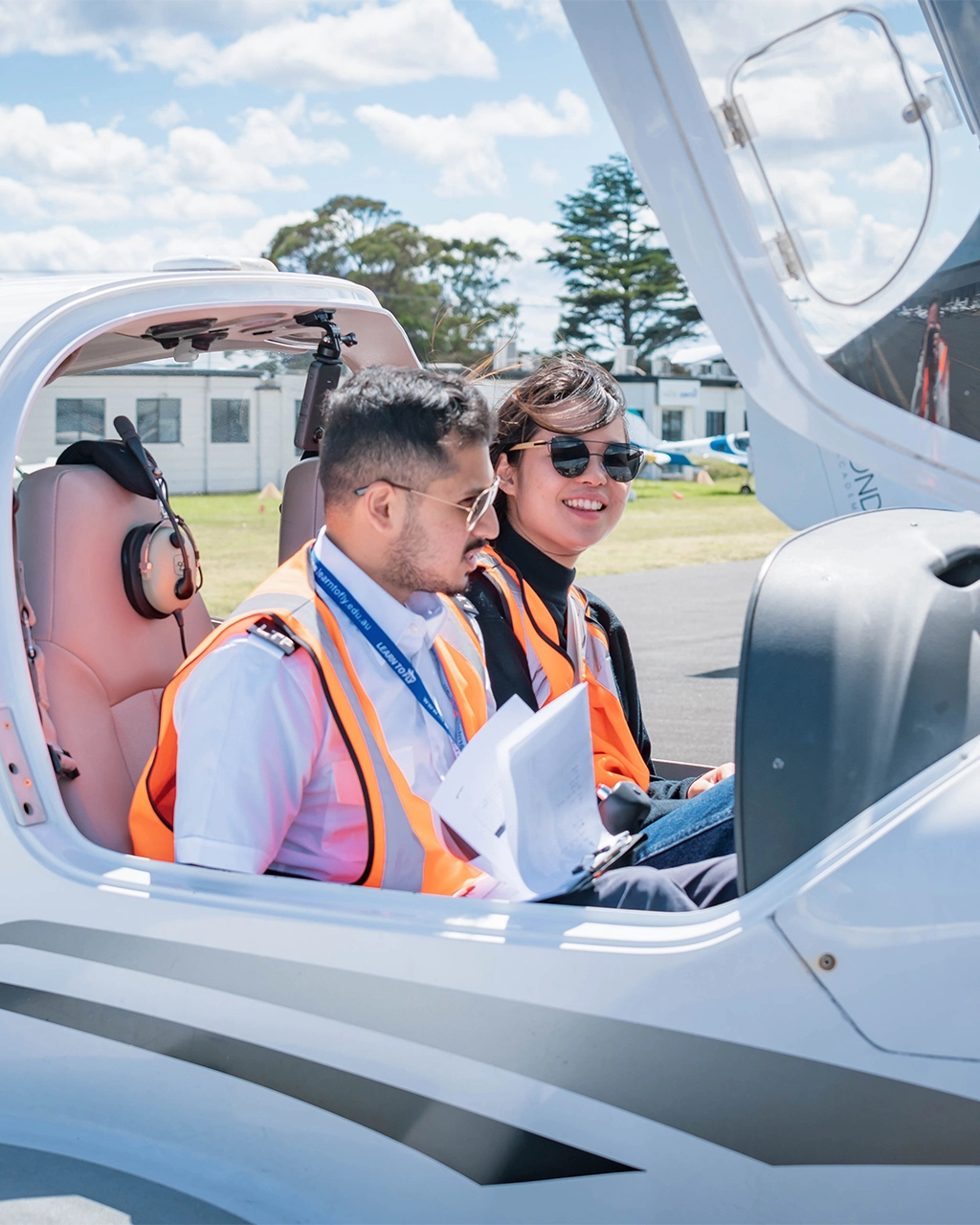Cadet pilot programs are integrated flying, flight theory, and education program and it can provide an excellent entry point into the industry. They’re designed to take trainee pilots with little to no experience and turn them into future First or Second Officer candidates. Assessing a career path is a big deal though, with is why it’s important for us to cover cadet pilot program FAQs. Let’s start answering common questions and concerns that are raised with Cadet Pilot Programs in Singapore. Once you’ve finished reading this, circle back to our Future Cadet Pilot Program course to learn about the next steps.
Which Airlines have Cadet Pilot Programs in Australia?
Most major airlines in Singapore have some sort of cadet pilot program, from Singapore Airlines through to Scoot. Some of these programs have intakes that are partnered with flight training institutions, like Singapore Flying College. Here are a few Cadet Pilot Programs to be aware of in Singapore:
- Singapore Airlines Cadet Program
- Scoot Cadet Pilot Program
Which Cadet Pilot Program in Singapore is the Best?
This is a very subjective question, but it’s definitely in our cadet pilot program FAQs! The truth is there isn’t necessarily one pilot cadetship that’s better than the rest. Why? It’s because everyone’s pilot journey is somewhat unique and personal, depending on what you want your career to look like. This means that you should really be asking ‘which cadet pilot program is best for me?’.
The answer to this question is still tough, though. You might find that a cadetship with an alternative to your goal airline is a great step. That’s because cadetships are about building your skills, knowledge, and experience, to make you more appealing for the bigger and better airlines.
You should be looking to secure the best possible cadetship for the career and airline that you want to work with. If you can’t make it work for any reason, then you should seek your second ranked alternative and keep sight of your long-term goal.
Which Age is Best for Cadet Pilot Programs?
Cadet pilot programs in Singapore generally require you to have the national service done when you commence training. This means you can actually apply after your national service. That being said, there is not really an age limit. Applicants have successfully become pilots in their 30s!
What are the eligibility requirements for Cadet Pilot Programs in Singapore?
In order to be considered as an applicant for most airline cadetships in Singapore, airlines will usually look for the following eligibility requirements:
- Singapore citizen or permanent resident;
- Finished the national service on commencement of training;
- Capable of holding a CAAS Class 1 Medical Certificate;
Due to volumes of applicants, you’ll usually go through a structured screening and skills assessment process as well. The more skills, experience and preparation you have under your belt, the better. At this point in time, it can be very useful to complete a Future Cadet Pilot Program (FCPP) course.
What is the Cost of Cadet Pilot Programs?
All cadet pilot programs and flight training in Singapore have their own costs, so you’ll need to see individual programs. To give you an indication, you might be looking at around SGD $160,000 – SGD $200,000 at airlines for academic and flying costs. These costs can change, too, so it’s important to keep an eye on them.
The airline will offer you the finance assistance. This would mean that you don’t need the money up-front to pay for your course, and you can pay of the fees once you have a sustainable income. Read the enclosed links here for further information – you should always seek clarity about your individual circumstances.
How to prepare for the Cadet Pilot Interview?
This is a big topic when we’re faced with cadet pilot program FAQs . A Future Cadet Pilot Program (FCPP) is the best preparation you can complete for a Cadet Pilot Program. It prepares you for all flight training in Australia with a focus on cadet pilot programs everywhere in the world The Future Cadet Pilot Program provides you with the necessary tools to start your aviation journey. Once you complete the FCPP course, you’ll be ready and confident to start working your way to becoming a commercial airline pilot.
Aviation knowledge is highly appealing to airlines recruiting for their Cadet Pilot Programs. The FCPP course syllabus features flight training and theory to make you stand out from competing applicants. It’s the perfect recipe for success!
Within the FCPP course, you’ll receive:
- 5 – 25 Flight training hours (dual)
- 1 Hour Simulation Training (Boeing 737-800)
- 2 Hours of Simulation Training (LTF Simulator)
- Ground School and Briefings
- Airline Interview Coaching Session
- RPL Theory Books
- Online RPL Theory Course
- Online ICAO English Course and AELP Test
- Pilot’s Logbook
- Online Student Portal Access
You can download the course guide here. When you’re ready, schedule a meeting with us to discuss your aviation career goals and how we can help you to get there. You can jump on the Learn To Fly website to chat online or send an enquiry, email us, or whatsapp +65 8668 0591.
What Else Should I Know?
We hope this helps you answer some Cadet Pilot Program FAQs!
We’ve also compiled a few useful posts that might help you out. Where ever you are on your aviation journey, the team at Learn To Fly Melbourne are here to help. We want you to pass your exams and have an excellent career, so please reach out if we can help support you through your course and studies!
Becoming A Flight Instructor – More Important Now Than Ever Before
We’ll discuss some of the benefits that explain why becoming a flight instructor is more important now than ever before.
Aspiring Career Pilots – Here’s Why You Need a Diploma of Aviation
With so many different types of aviation qualifications out there, which one should you choose? And which Melbourne flight school do you approach? These can be tricky questions to answer, so let us help you out.
Flight Instructor Rating – The Perfect Start For New Commercial Pilot Graduates
What is the best way to get started and set yourself on the right career path for your dream pilot job? In our opinion, it all starts with a Flight Instructor Rating. Let’s find out why!
Flight Instructor Training Endorsements – All You Need To Know
In this blog we’ll outline the Flight Instructor Training Endorsements that are available. We’ll also guide you on how each of these endorsements can add value to your role as a Flight Instructor, and your progression as a professional pilot.
Chat with one of our flight training specialists to get your pilot training off the ground. Email hello@learntofly.com.sg or go to https://drift.me/learntofly/meeting to book a meeting and school tour.









